Place names in particular and toponymy in general are interesting but also thorny and complicated fields. The story of toponymy is not only the story of a field but also the relationship of interdisciplinary sciences . Within the framework of this article, we would like to briefly touch on some place names in Quang Tri.
Due to many reasons, village names have changed according to historical, cultural, and linguistic circumstances... Therefore, looking back at the list of very few ancient villages that have been around for several centuries or more without changing their names, this rare number can probably be counted on one hand. For example, among the 65 oldest villages in Quang Tri established from 1075 to 1553, Co Trai village (Vinh Linh) is the only one that has remained unchanged, existing until today; later, Cang Gian village (some people call it Cuong Gian) in Gio Linh district (actually Do Linh, because "Do" is related to the meaning of "freedom"... The remaining phenomenon of villages changing their names is very common. This change arises mainly for the following reasons:
- One is due to taboo: this is the most important reason for changing village names under feudalism because the village name cannot be the same as the king's name, it must be changed if one does not want to commit the crime of great treason, which can be punished by beheading. For example, Hoa La village was first established and named Hoa An, later changed to Bich La in Trieu Phong; Nghia Doan village was later changed to Nghia An, now in Dong Ha city...
- Second, it is due to the dialect and the way of reading that changes. For example, the original name of Da Do intersection is recorded in Le Quy Don's "Phu Bien Tap Luc" but through the way the locals call it, the tilde becomes a heavy tone: Da Do becomes Da Do and then later it becomes Gia Do, making those who are interested in the original name confused and worried...
- Third, it is due to the villagers' voluntary changes during the development of the village. For example, Tay Tri village today in Dong Ha city was formerly Lien Tri village (meaning lotus pond); or Dai Do village also in Dong Ha today, originally Thuong Do village...
- Fourth, the ruling government forced the village name to change. Like the case of Tri Le village in Hai Lang before. Because the villagers responded to the Can Vuong movement, the Southern Dynasty government later forced the name to change to Quy Thien (implying submission to goodness, that is, having to obey the feudal and colonial government); or the name of the village "Con Cat" in Gio Linh in the past was given by the people, the authorities found it uncultured and uninteresting, so they ordered it to be changed to Cat Son, which exists to this day. 
- The year is due to misrepresentation. Like the story of the place name La Vang. In the past, the locals called this place La Vang hill because there were many of these trees growing. When the French came here, they asked for the name and wrote it in their language without accents, recorded it on the map like that, becoming La Vang. Then our people also called it by default for a long time; or the place name Khe Van in Huong Hiep commune, Dakrong district, on Highway 9, when the Americans came, they asked the same thing and marked it on the map, also without accents, later becoming Khe Van...
There are village names that are inverted like: AB and BA but have no significant relationship with each other, such as Tuong Van village and Van Tuong village are both in Trieu Phong district, An Xuan village belongs to Cam Lo district and Xuan An village belongs to Trieu Phong district. There are also cases where two villages have the same word but have a close relationship, such as Tan Tuong village in Cam Lo district, the people of Tuong Van village from the South of Cua Viet beach came here to establish a new village.
There are similar place names that are related to each other, such as two places also named "Ben Ngu", one in Gio Linh, one in Vinh Linh, both recording traces of the king's arrival and stopover (reigning); there are also similar place names that are unrelated, such as Cam Thuy commune has Tan Xuan village consisting of boat people who came to settle on land, and there is also Tan Xuan village in Cam Thanh commune, but the people who farm and make vermicelli from An Xuan village, Thanh An commune (formerly Cam An commune) came here to develop the new economy, still keeping the old village name.
There is one thing that through the process of studying and surveying place names, we have noticed a fact that we would like to present for readers to analyze and explain. That is, in Quang Tri and even Hue, there are very few place names that contain the linguistic element of the word "North" used to indicate direction. For example, there is Dong Ha village, Tay Tri village... in Dong Ha but there are no place names containing the word "North", or in Trieu Phong there is Bich La village with 4 borders: Bich La Dong, Bich La Nam, Bich La Trung, Bich La Ha, there is no Bich La Bac; in Cam Lo there is Nam Hung, Dong Dinh... There is only one village named Bac Binh, but the village originated from the original village of Cam Lo, which was only established later, about a century ago. Looking more broadly, in Hue there are Dong Ba, Tay Loc, Nam Giao... but there are no place names containing the word "North". We believe that this is not a random, coincidental phenomenon but is due to human intention, but what that intention is and why it is so is only speculation without a convincing explanation.
So place names are also a thorny issue but have many interesting corners...
Pham Xuan Dung
Source



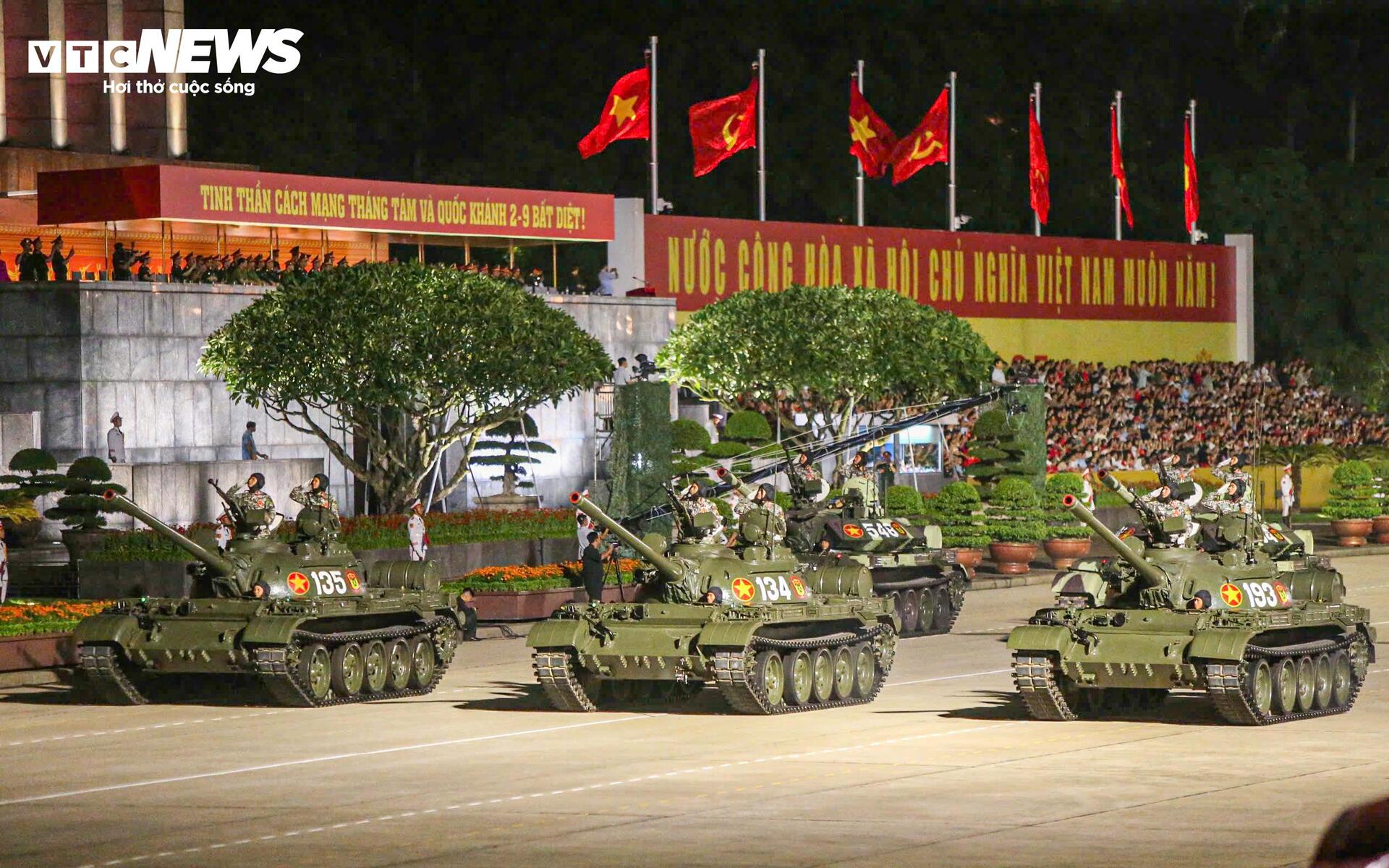


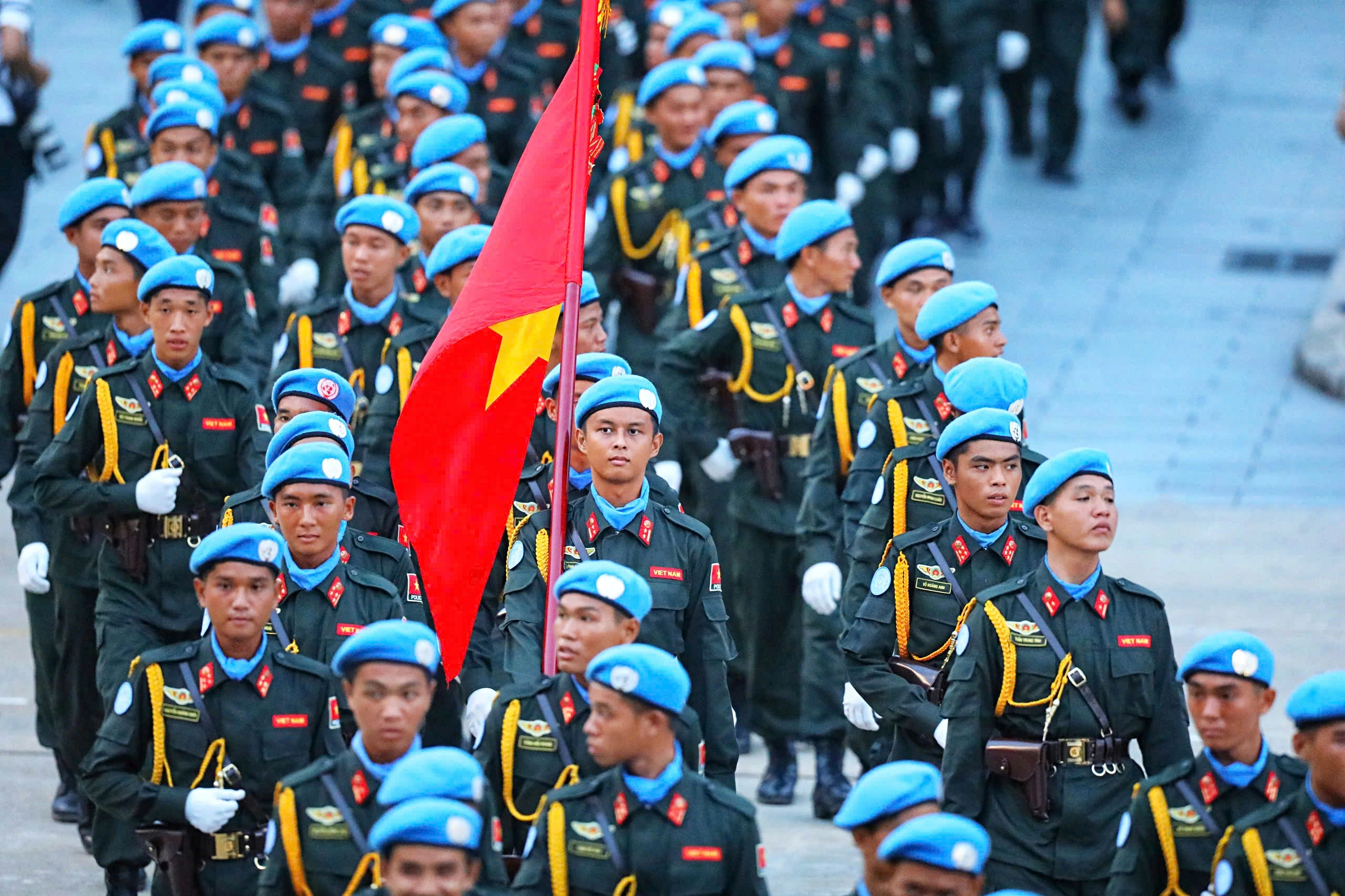

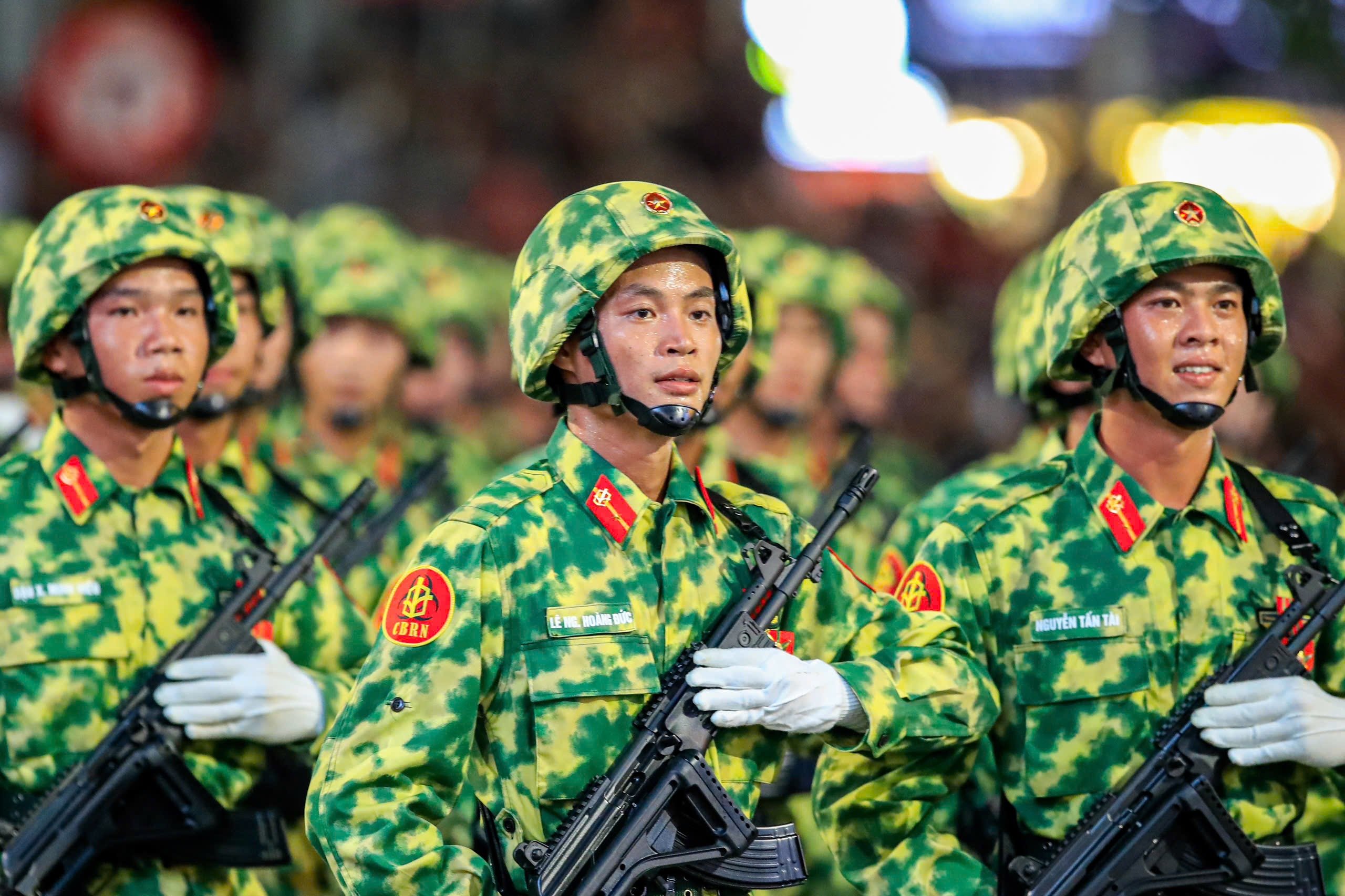
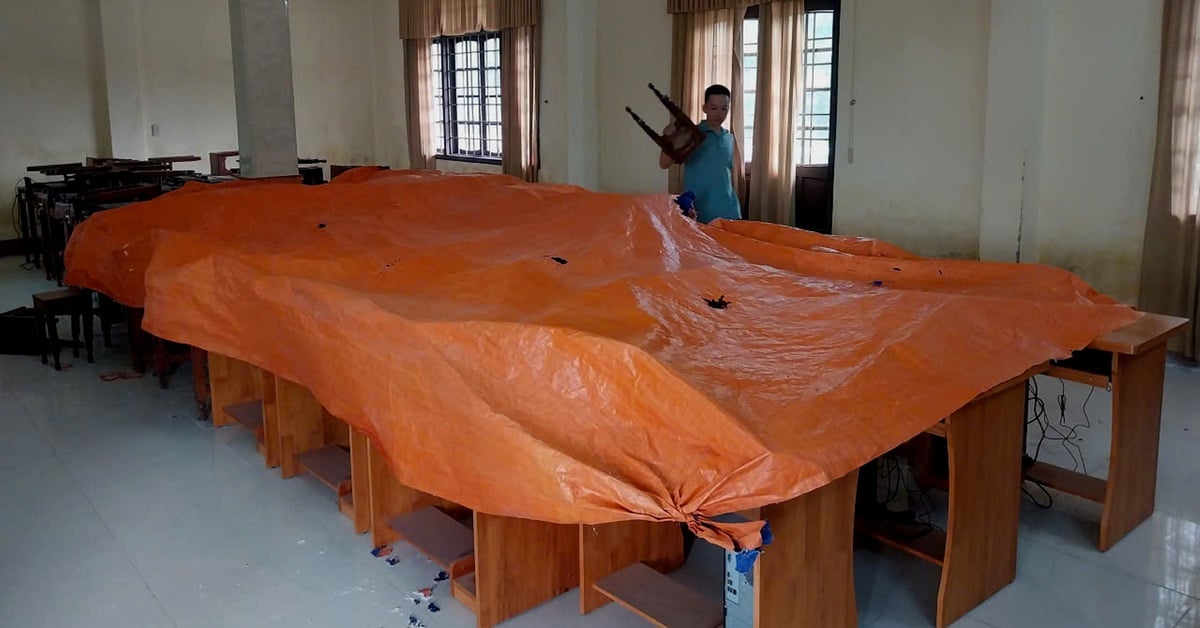

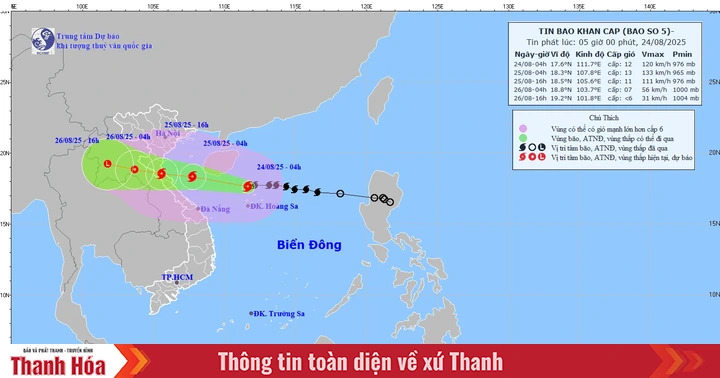

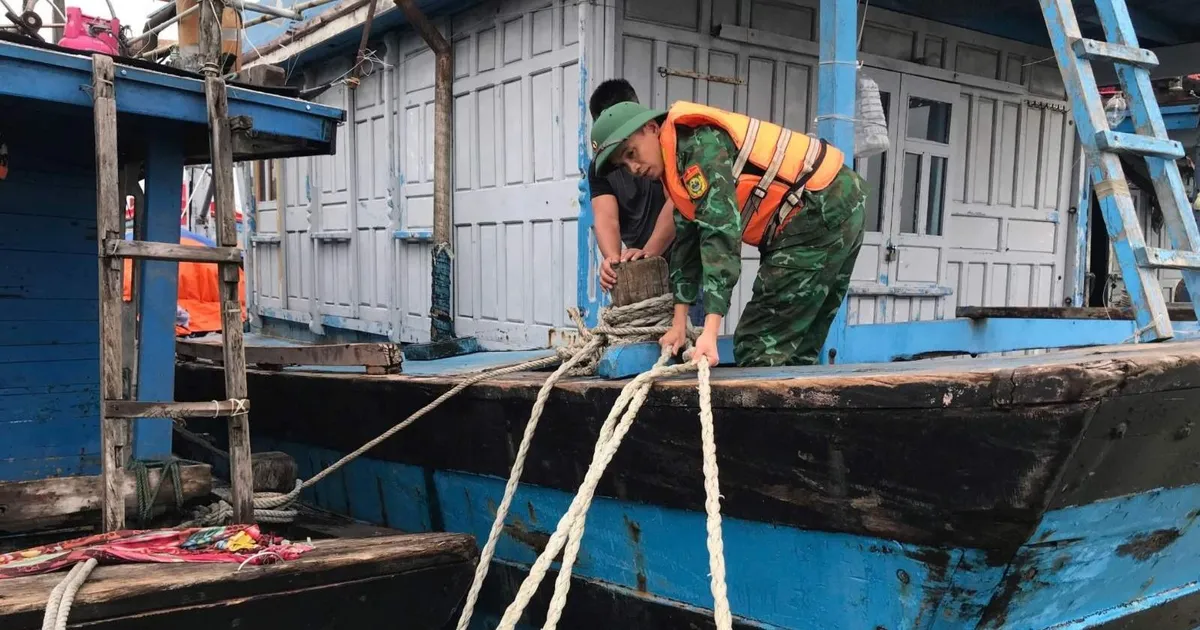

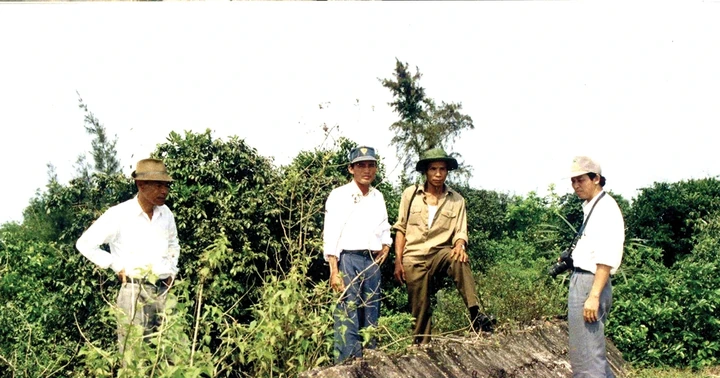

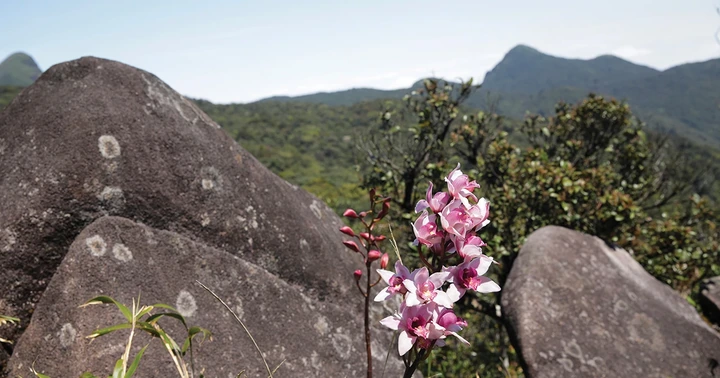
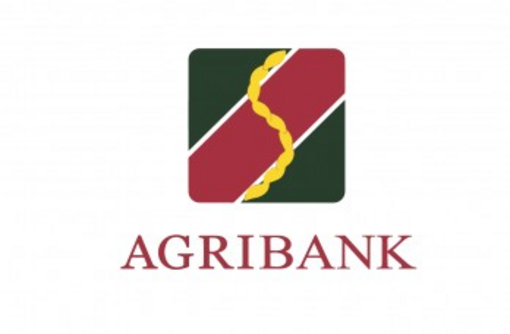

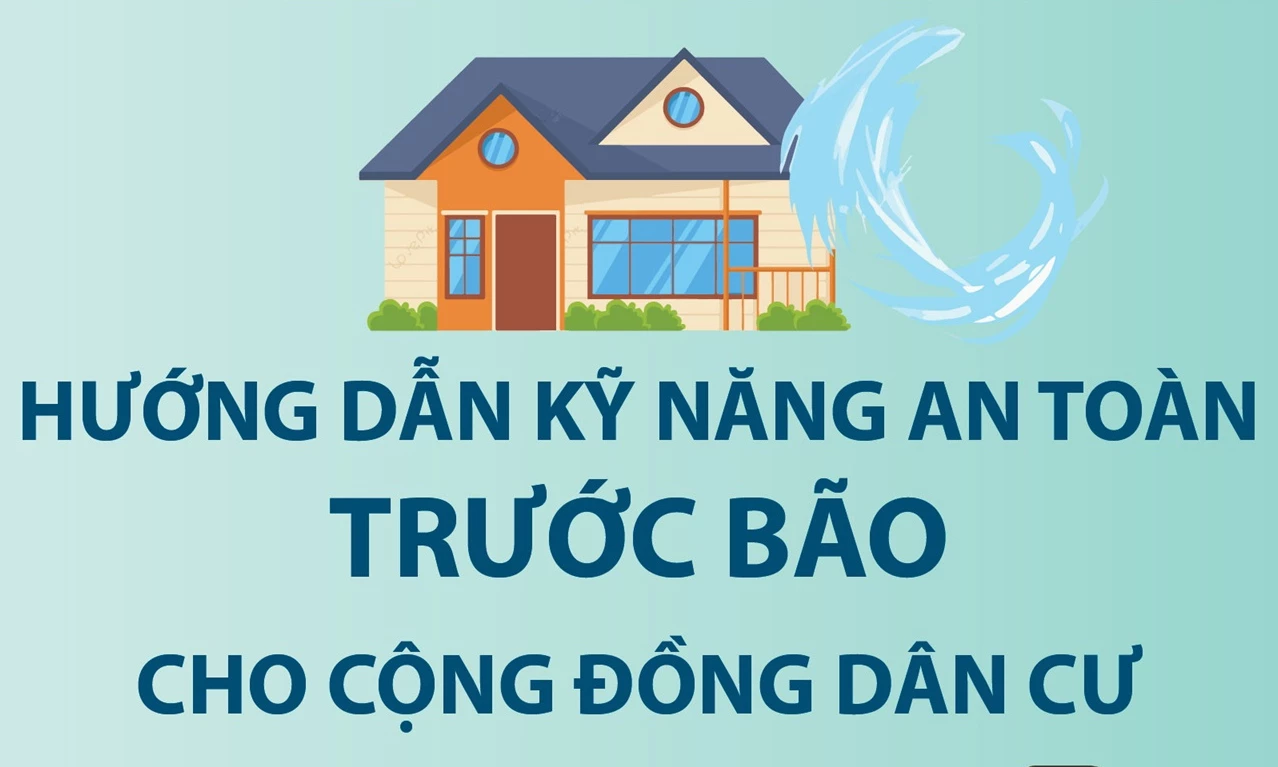
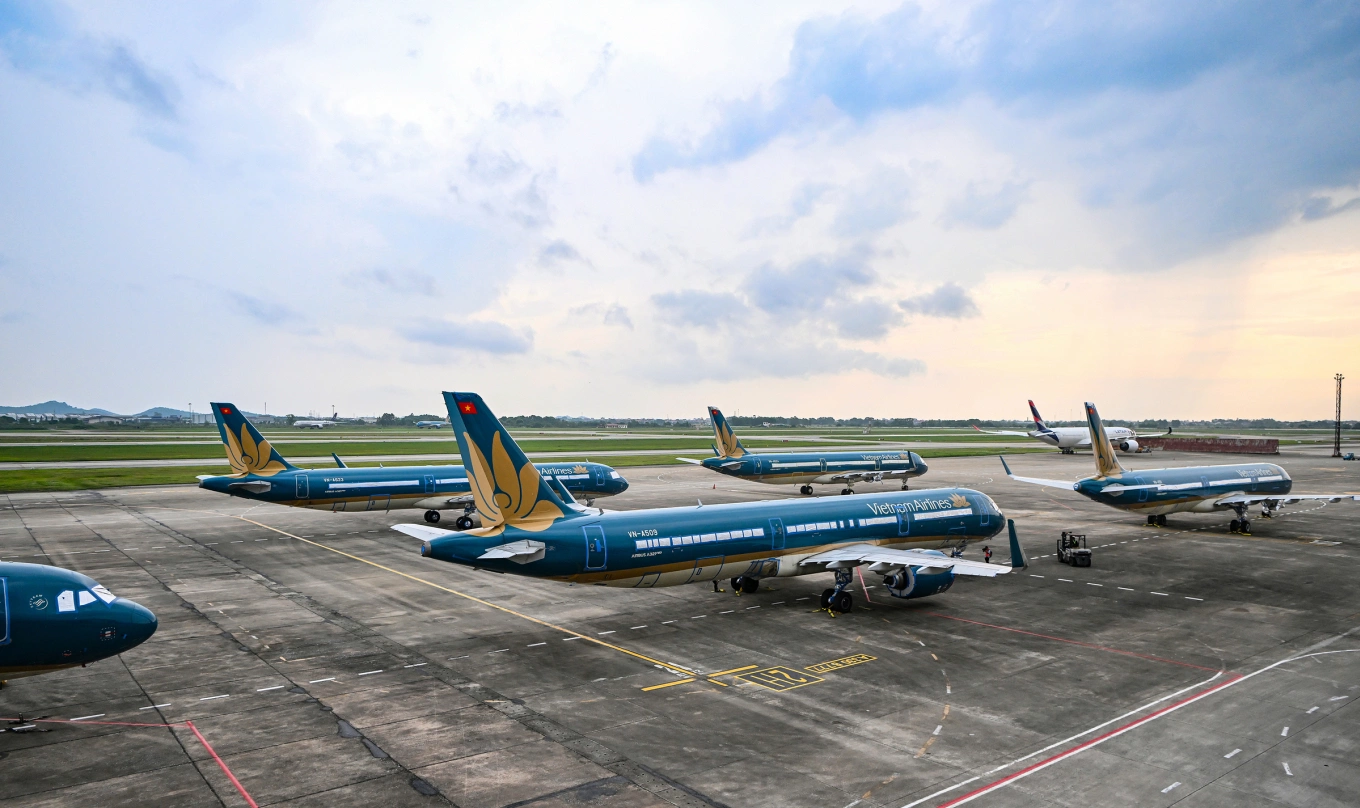
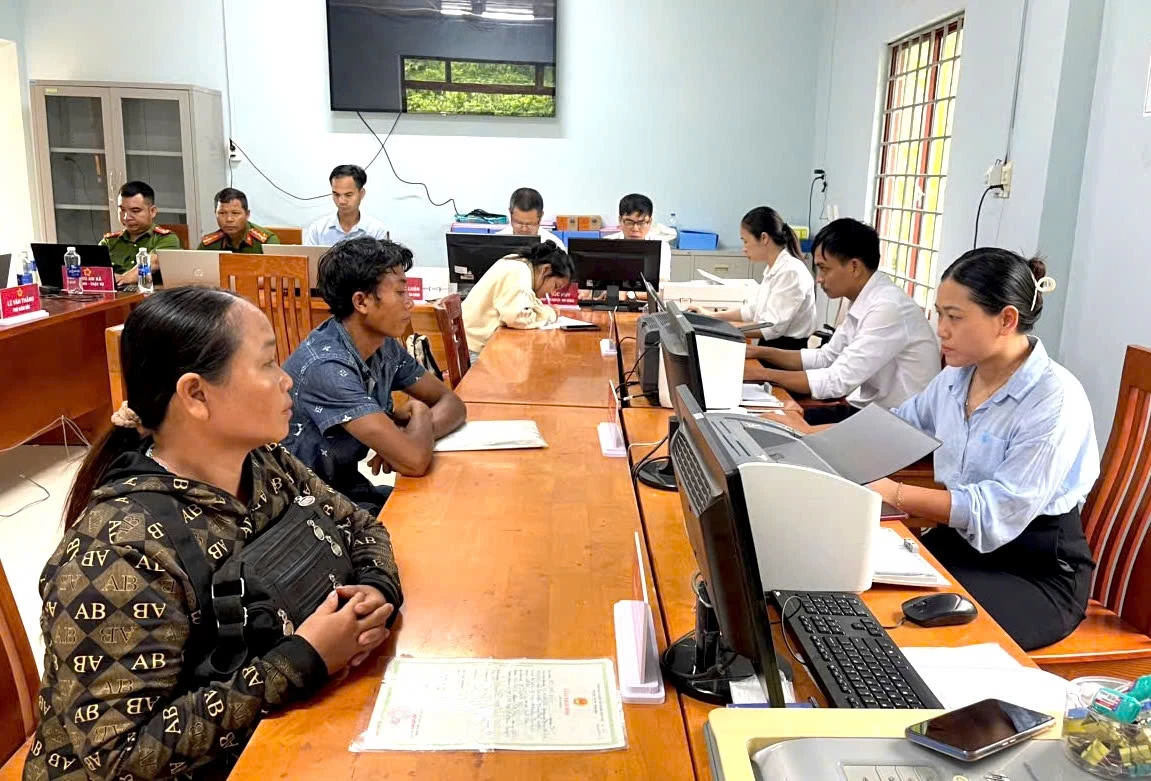
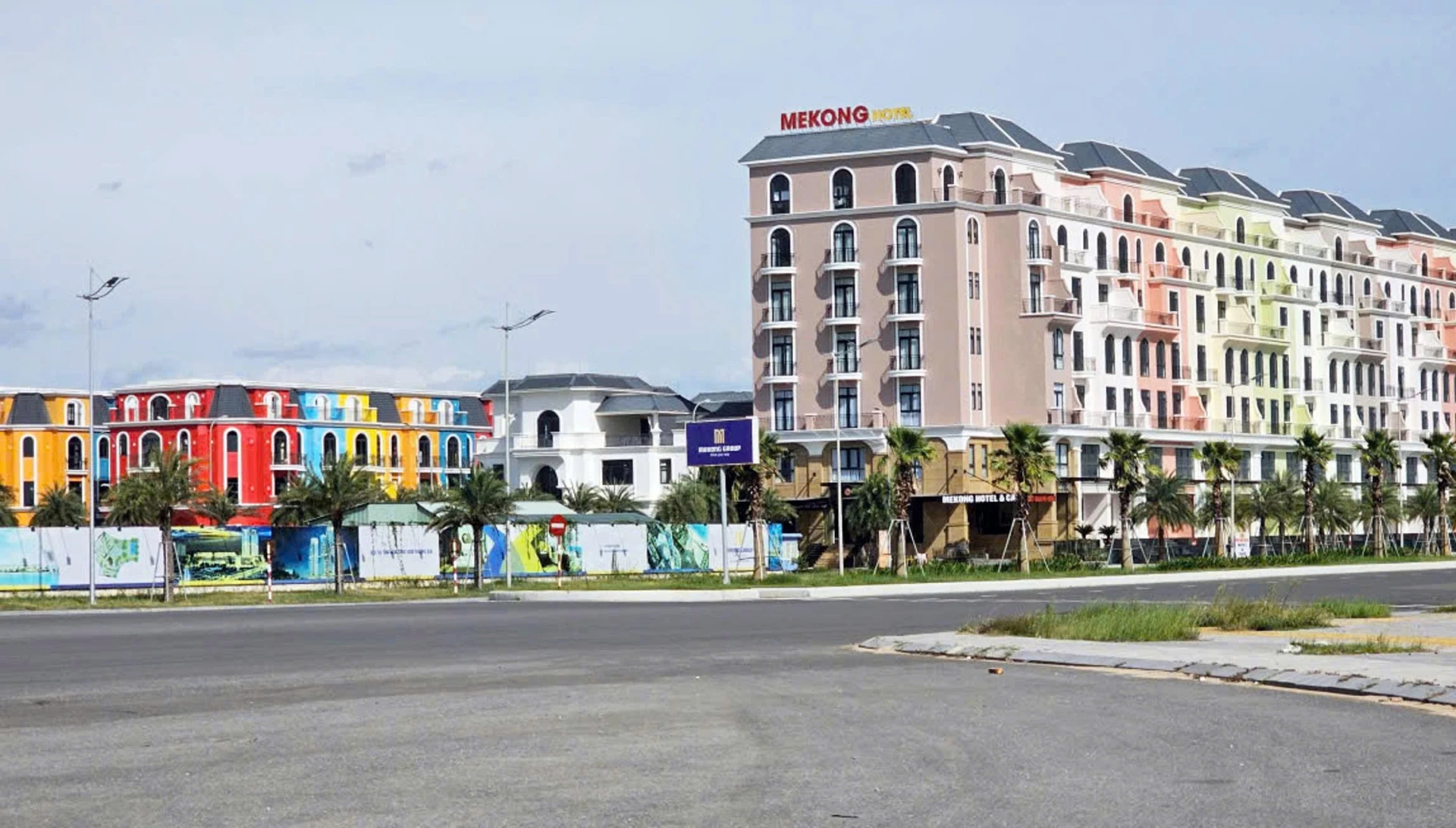

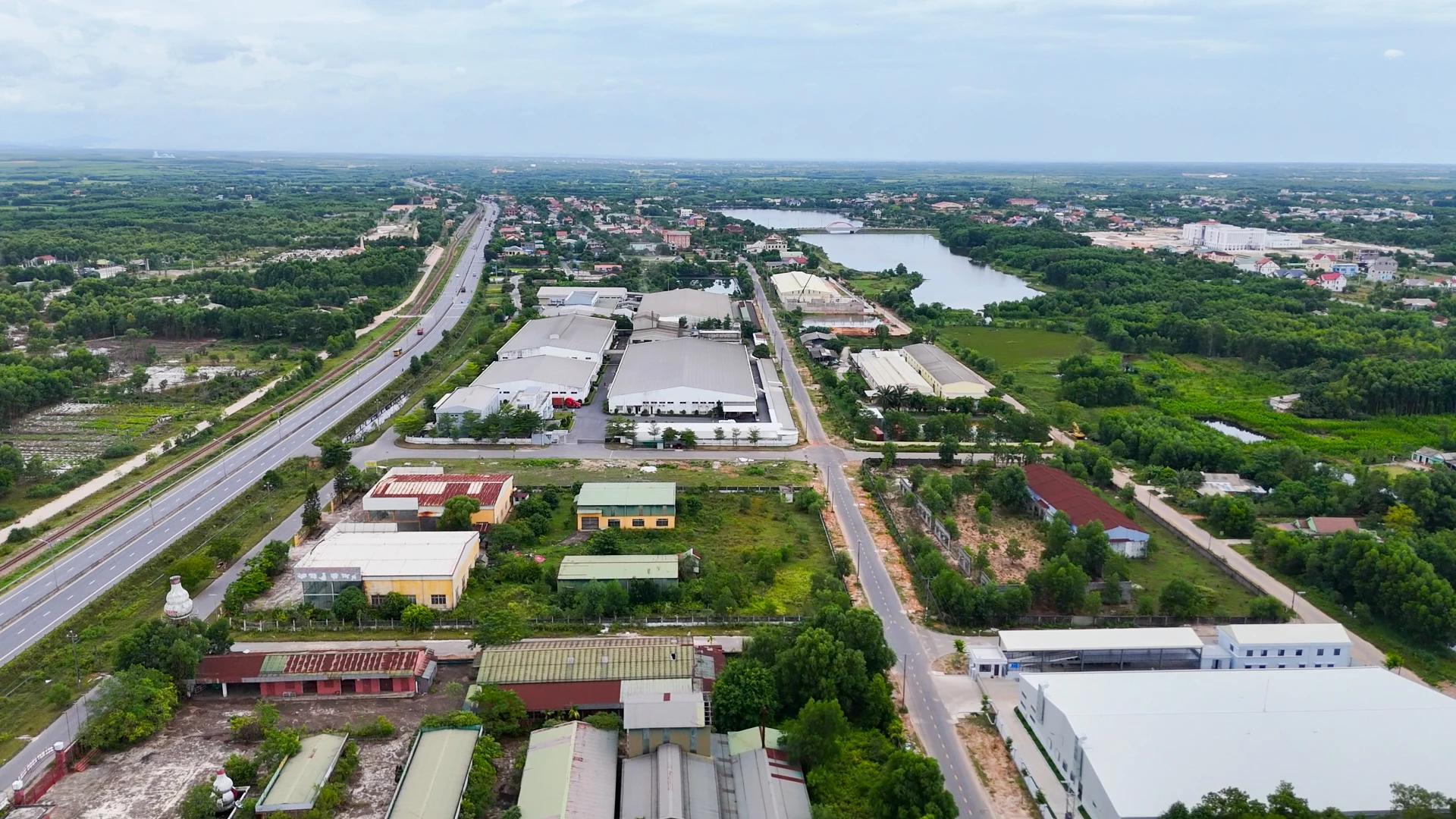




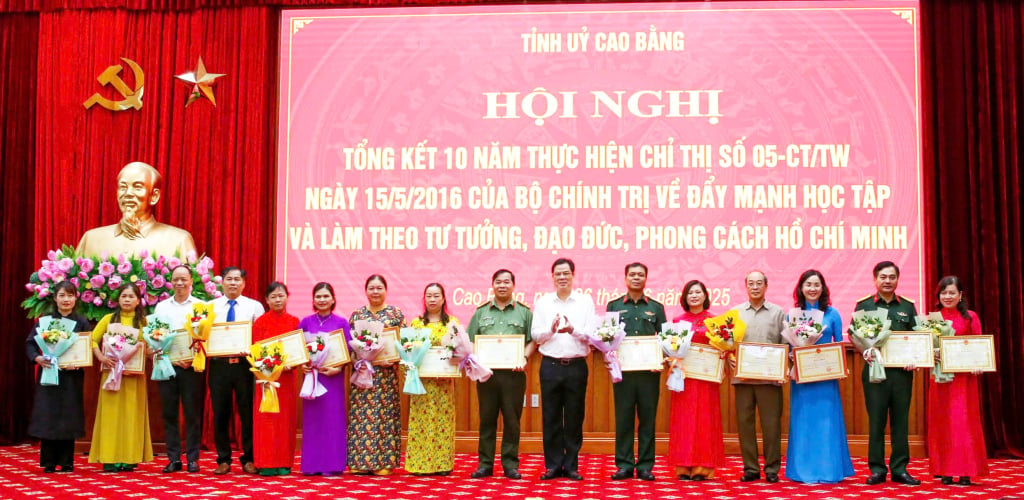

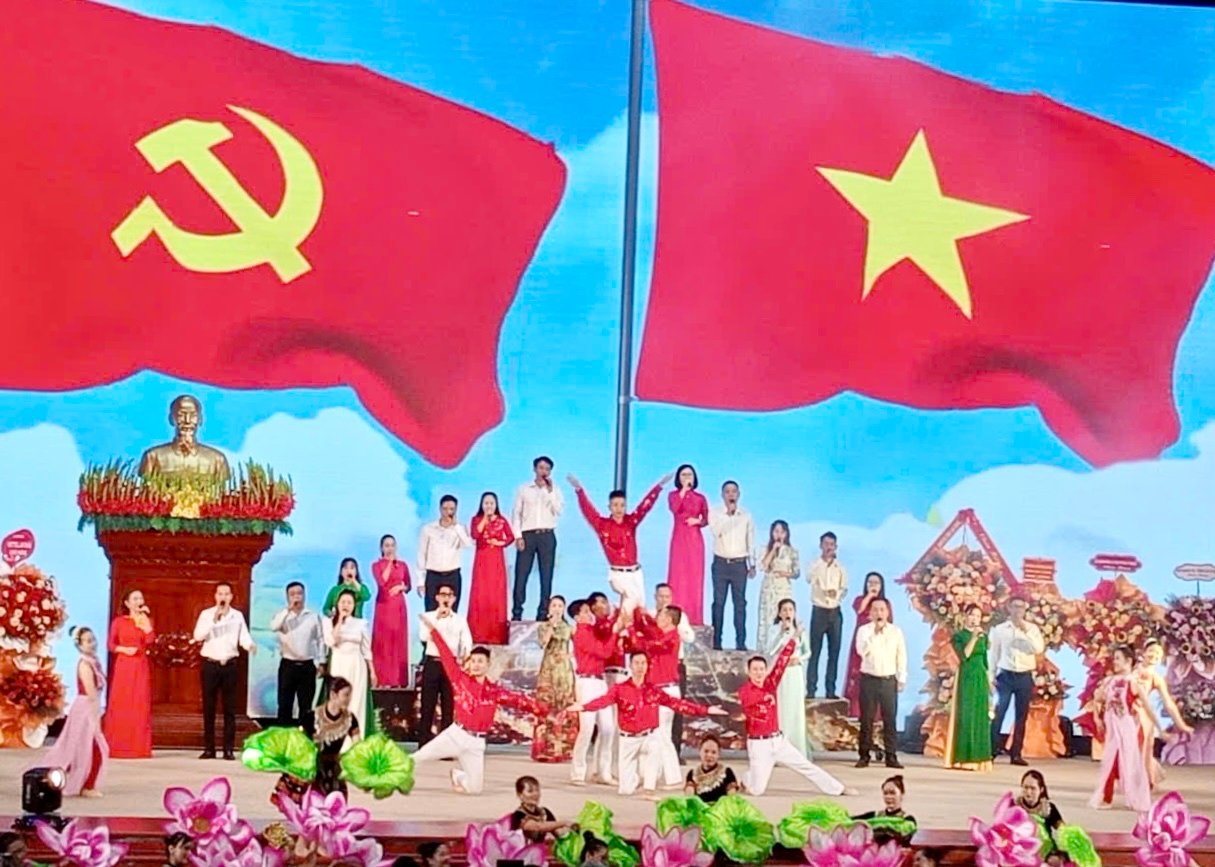
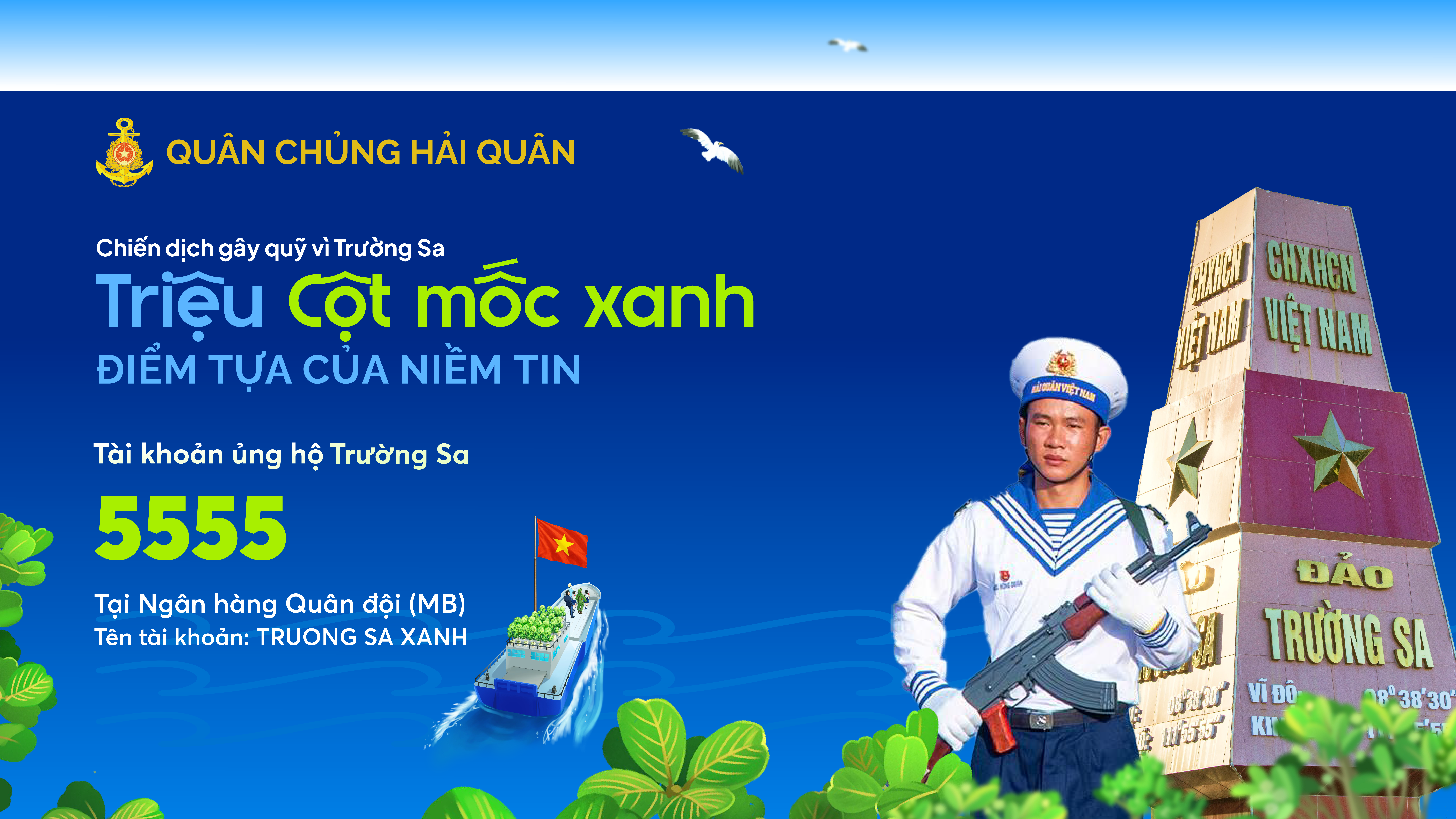
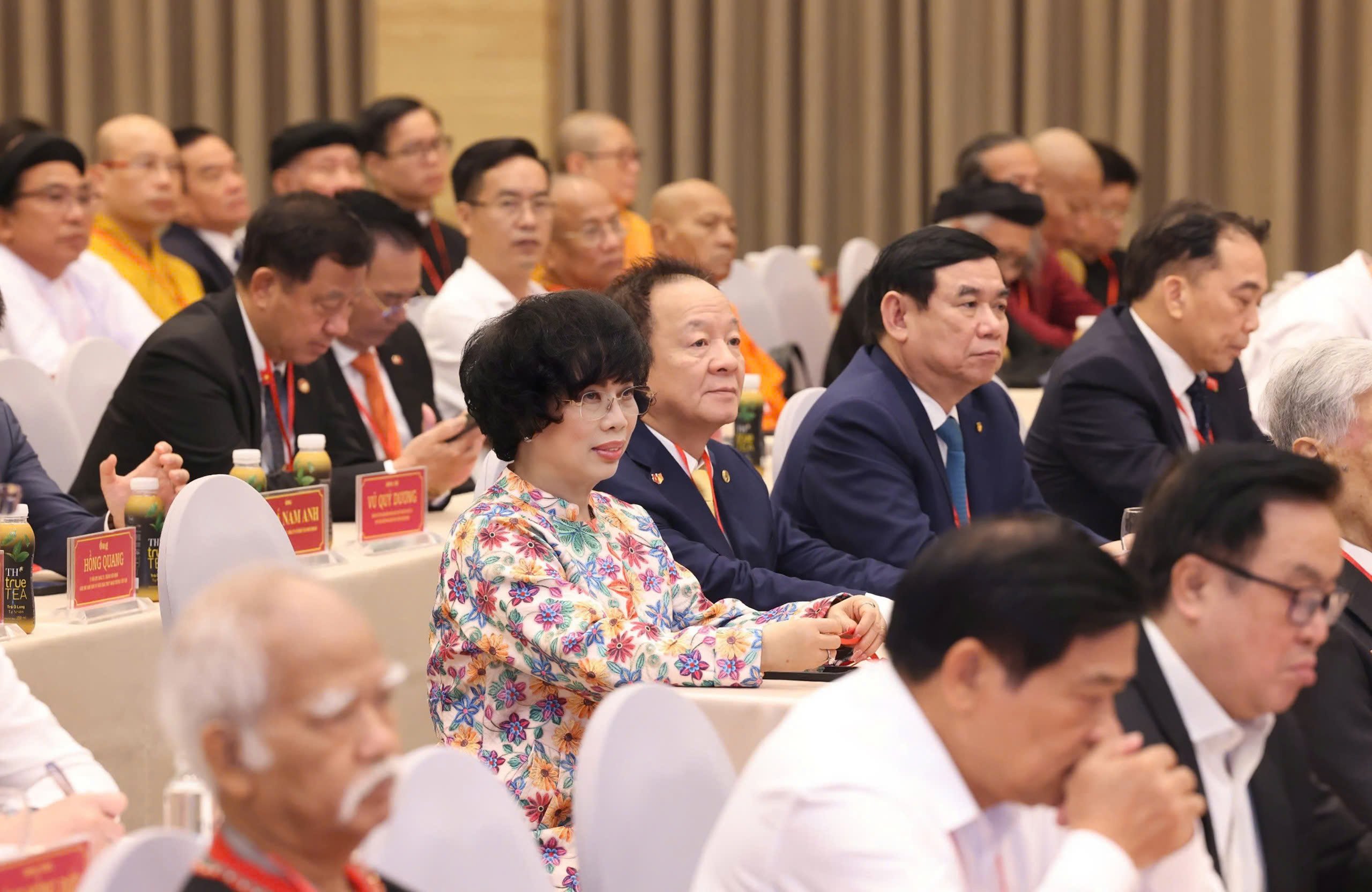
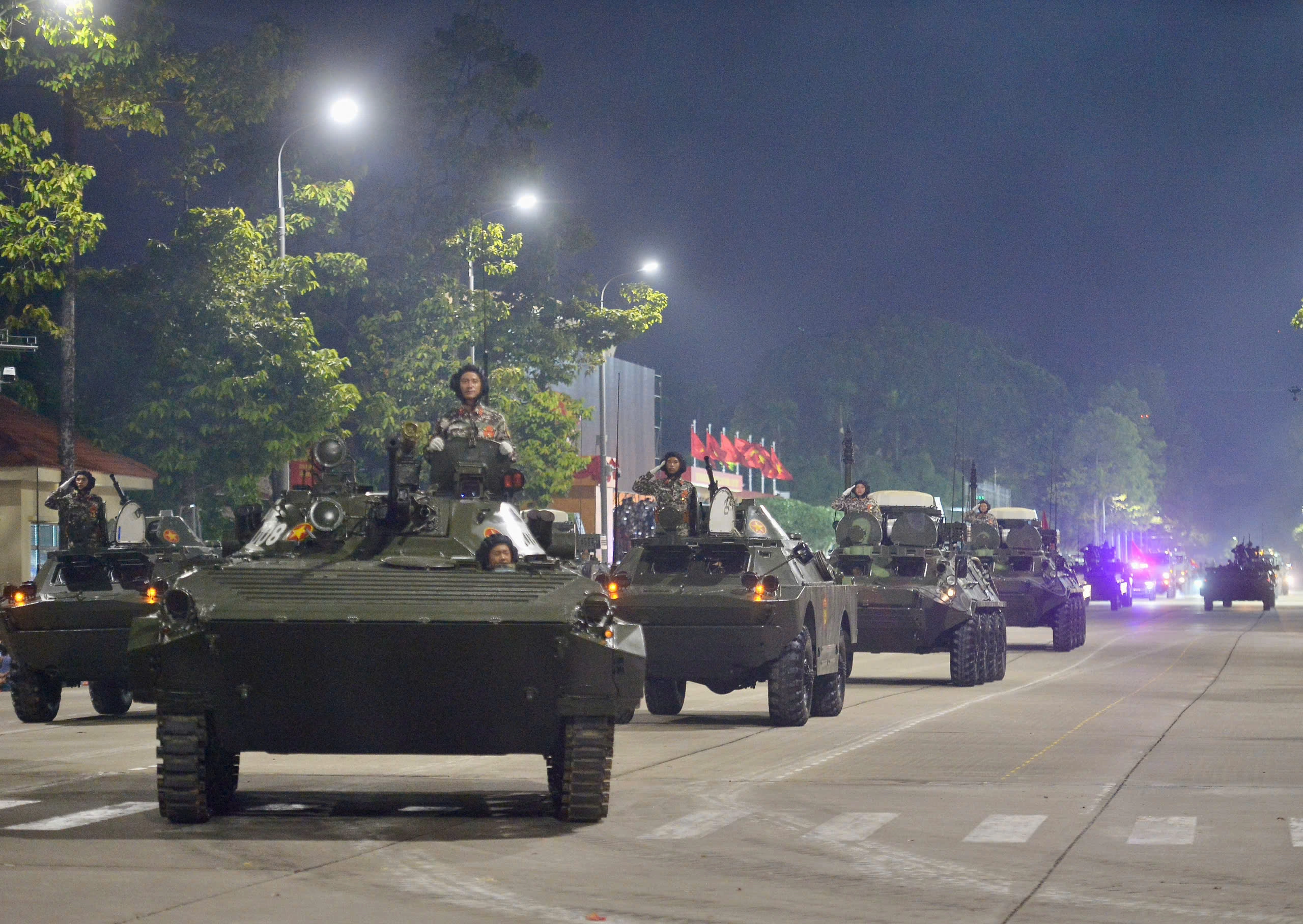
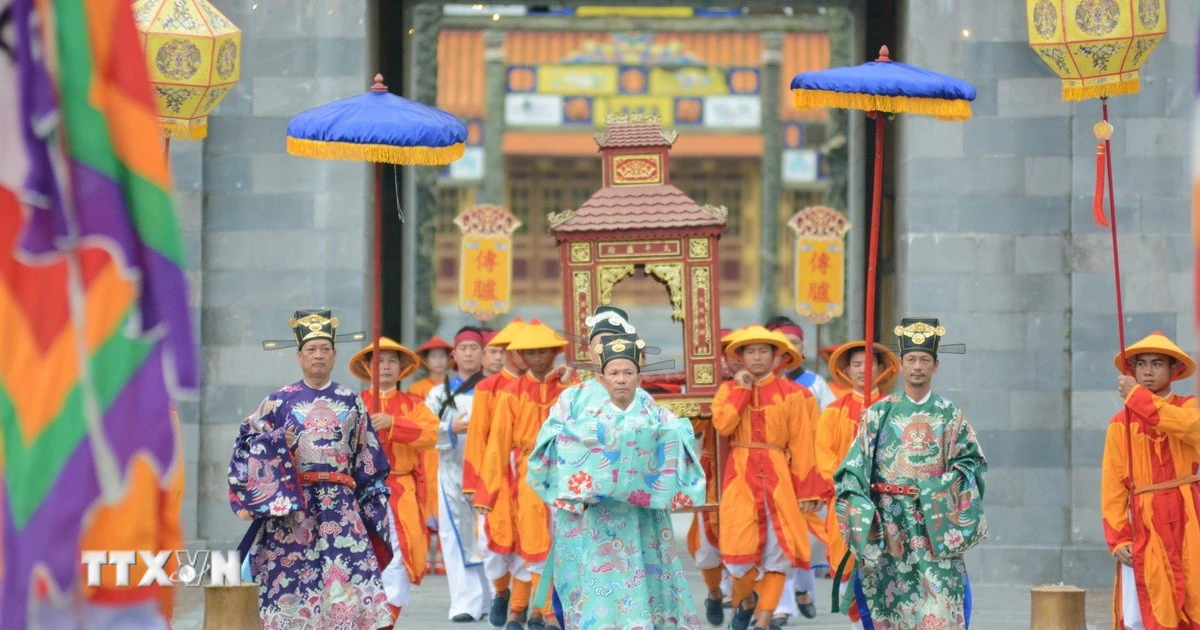

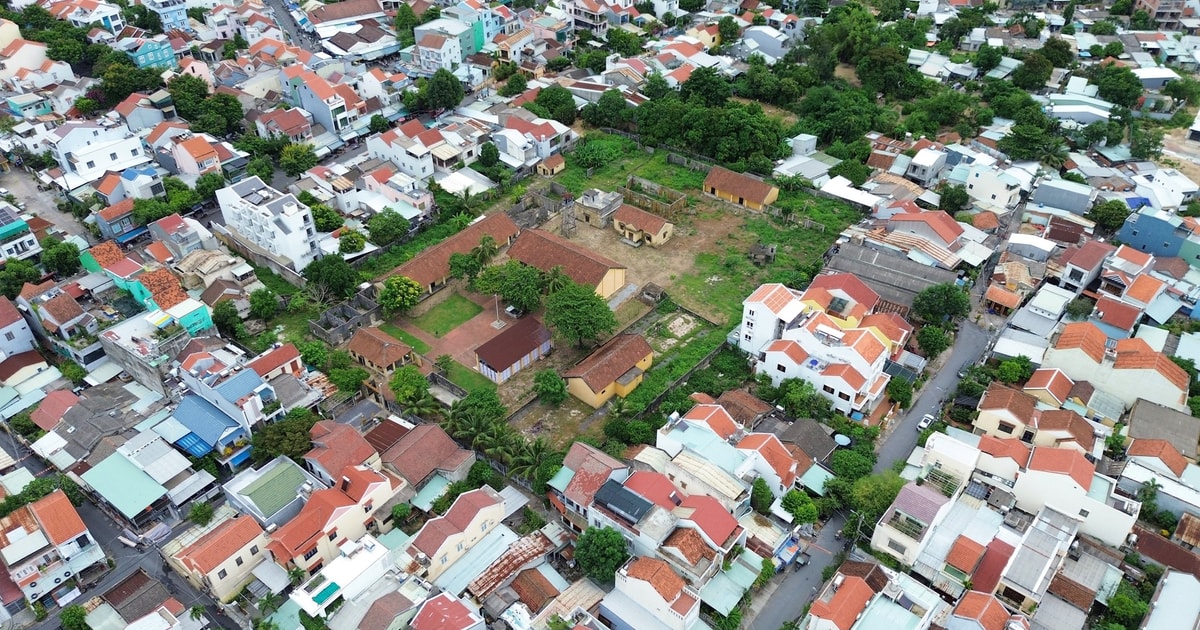

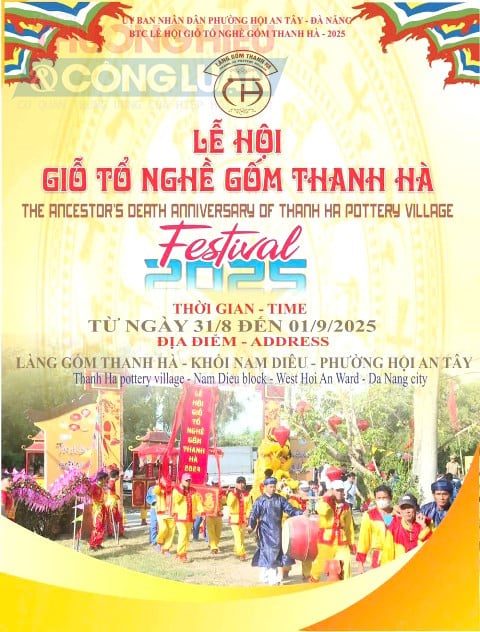

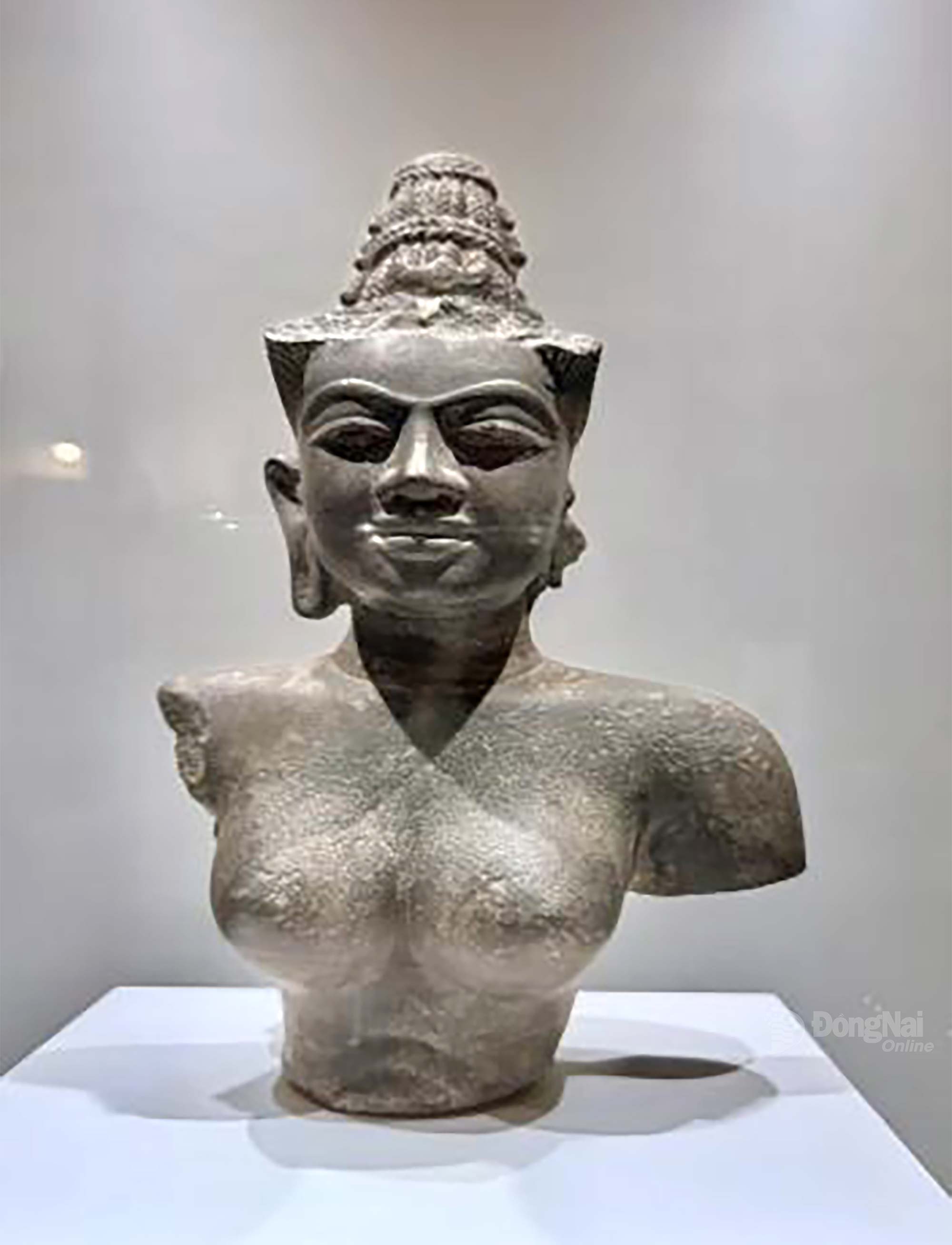




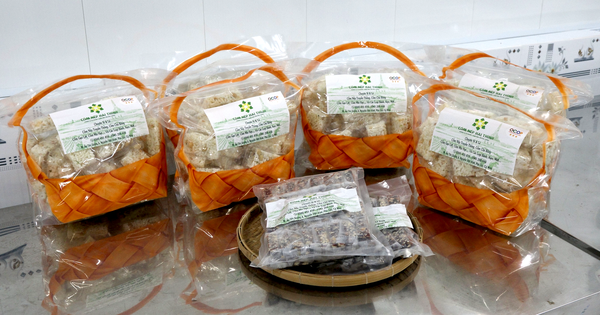

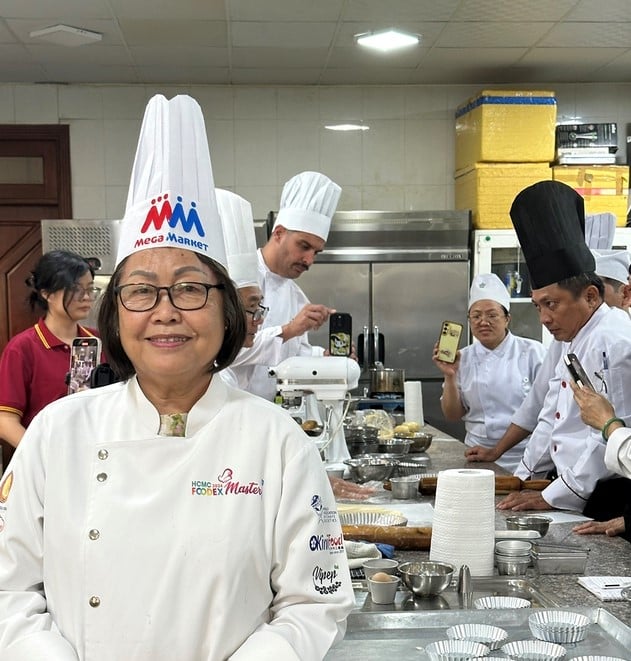

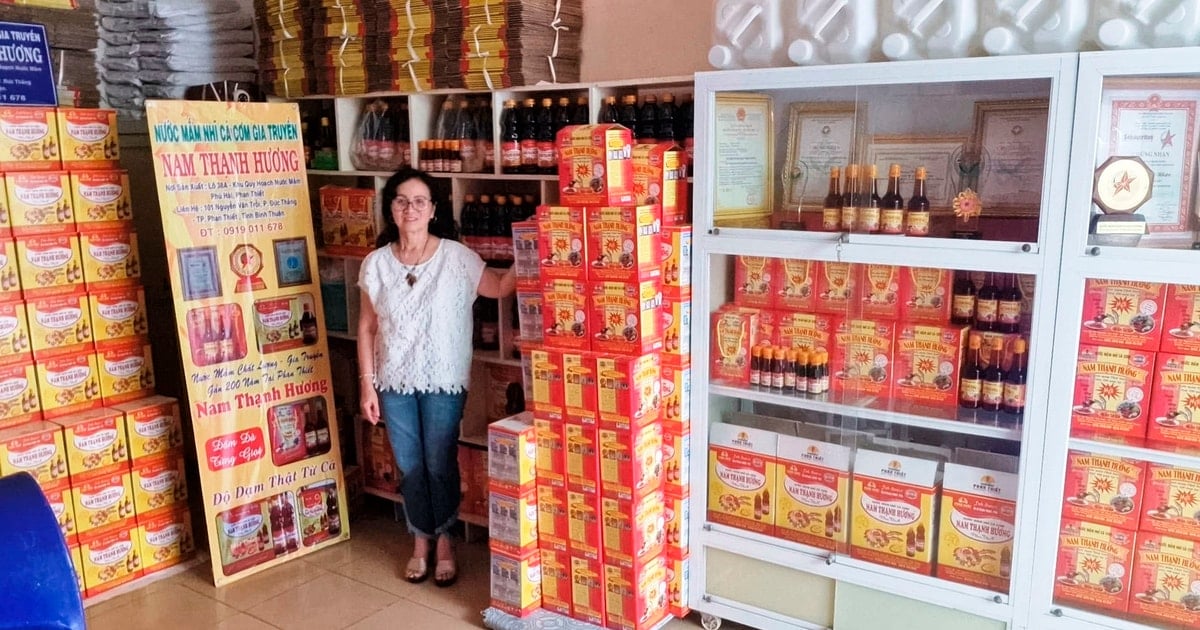



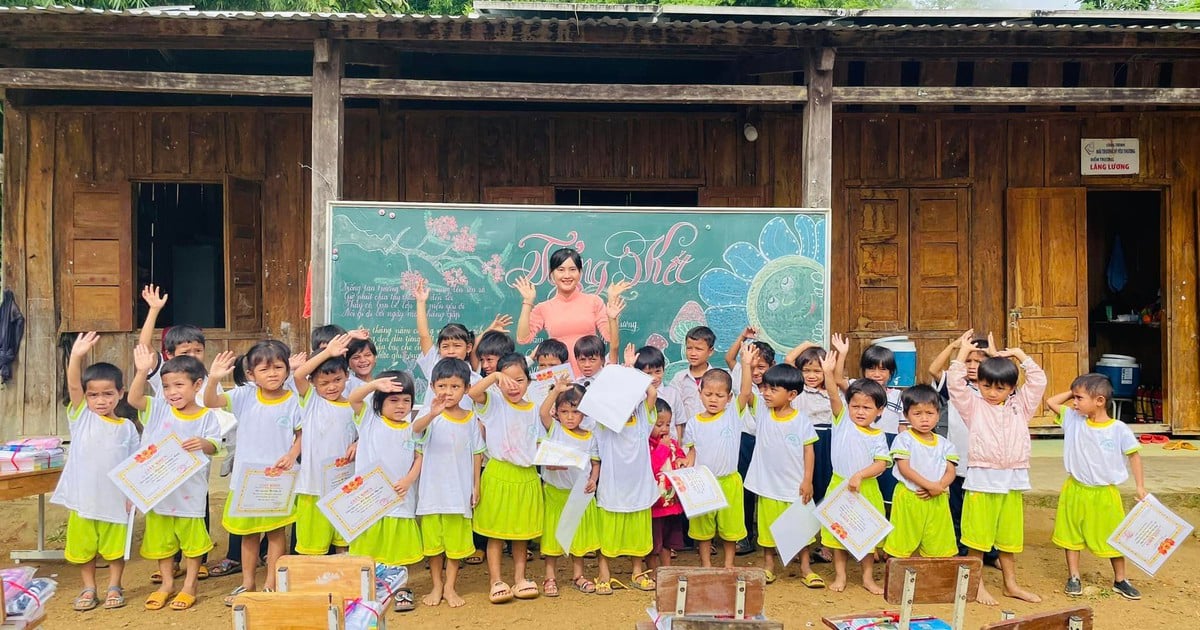









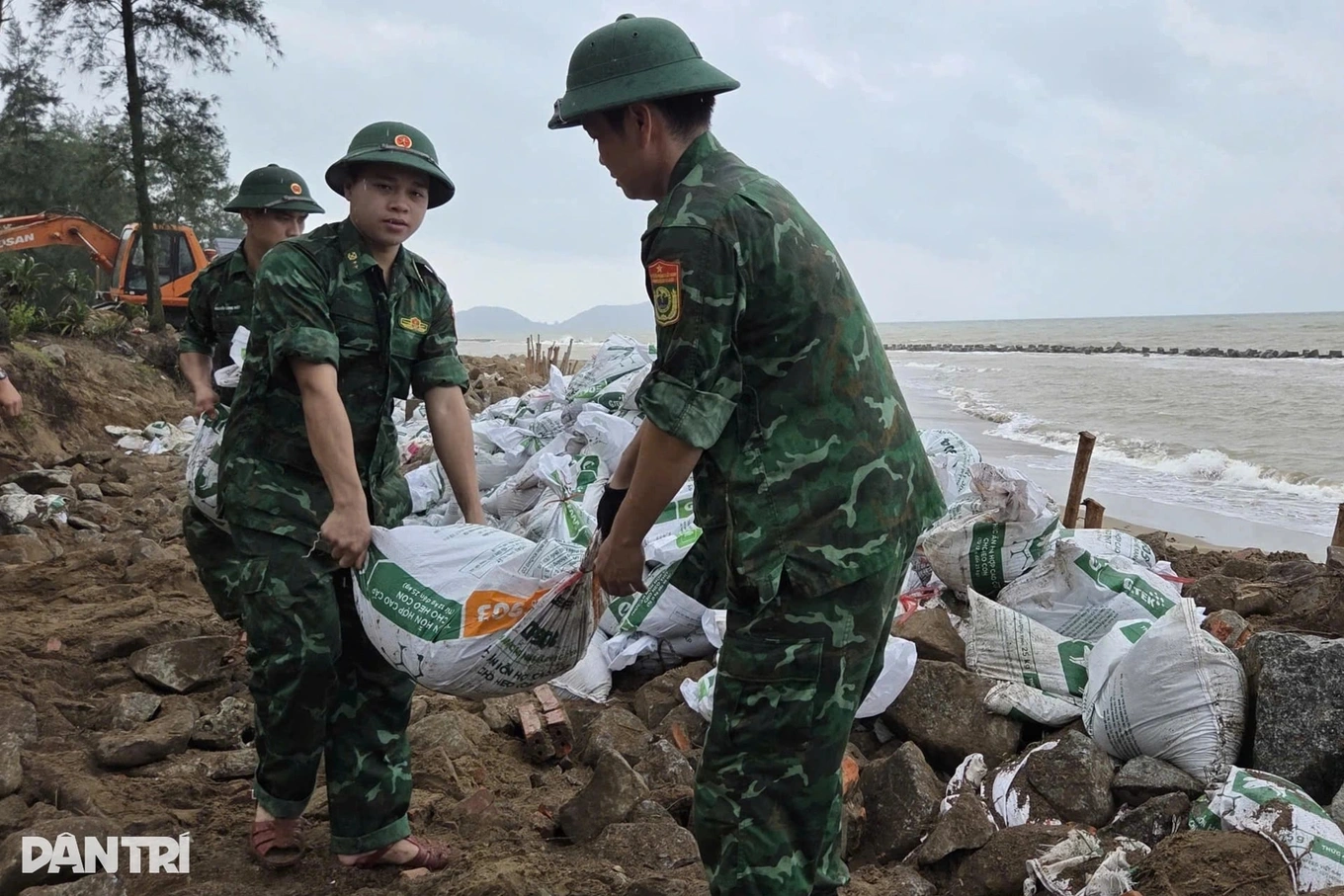
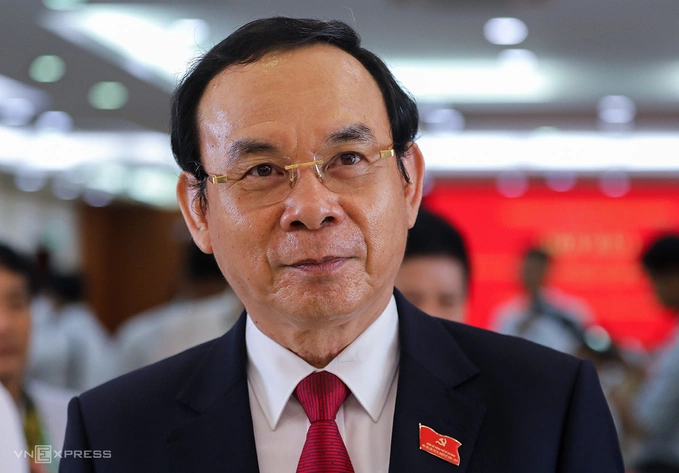



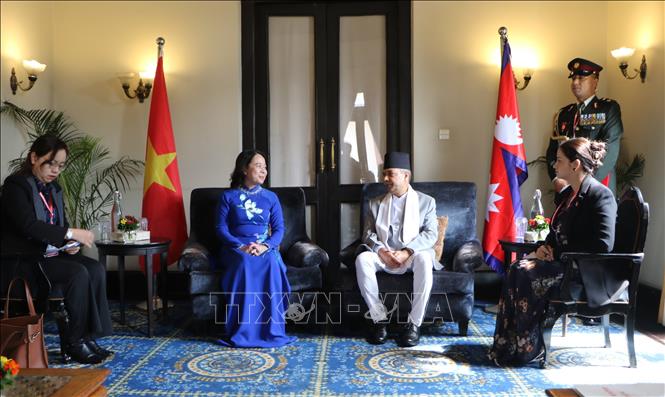

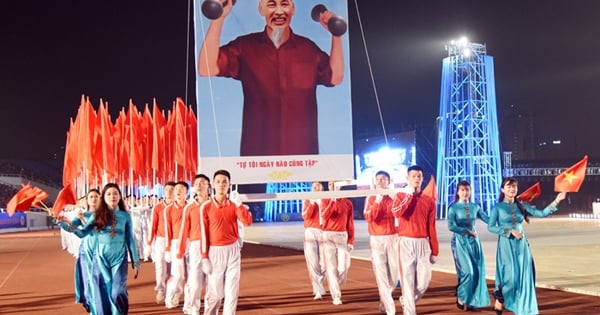


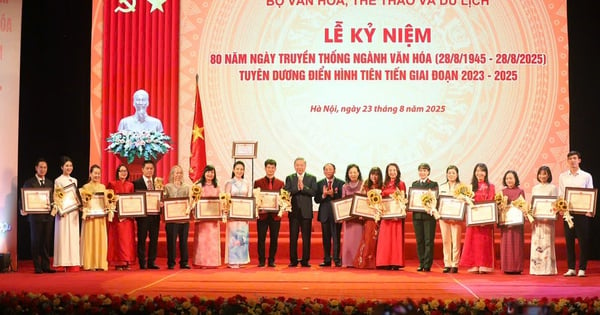
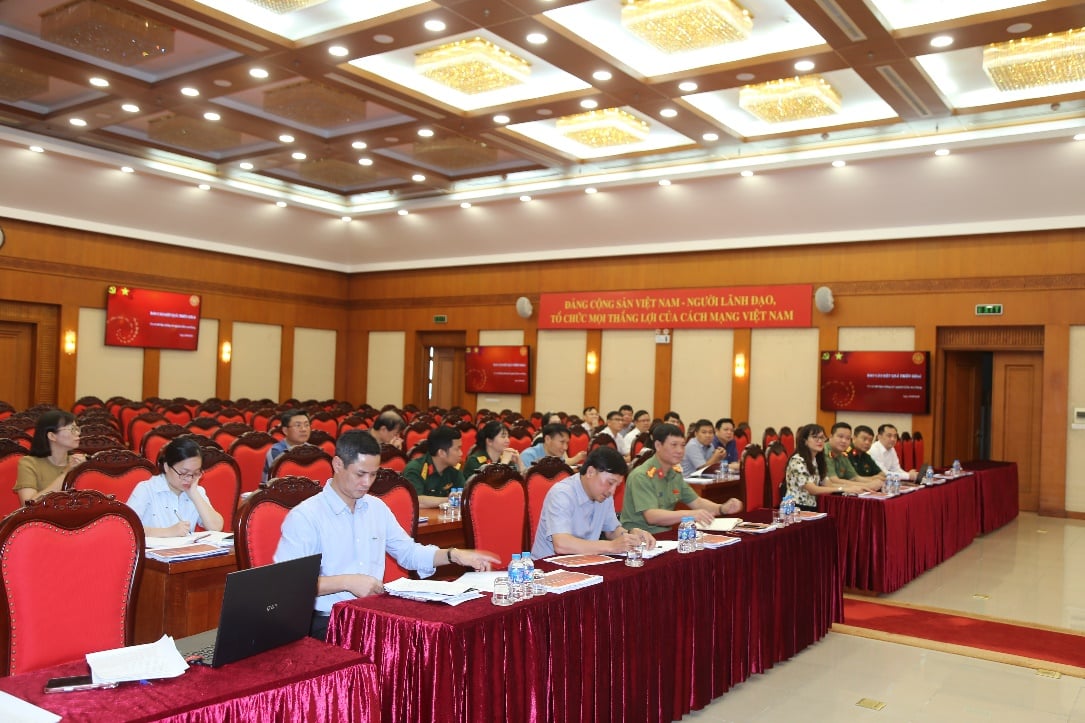
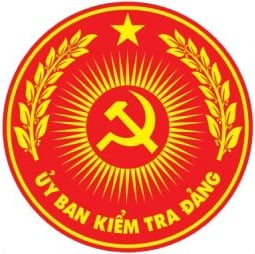

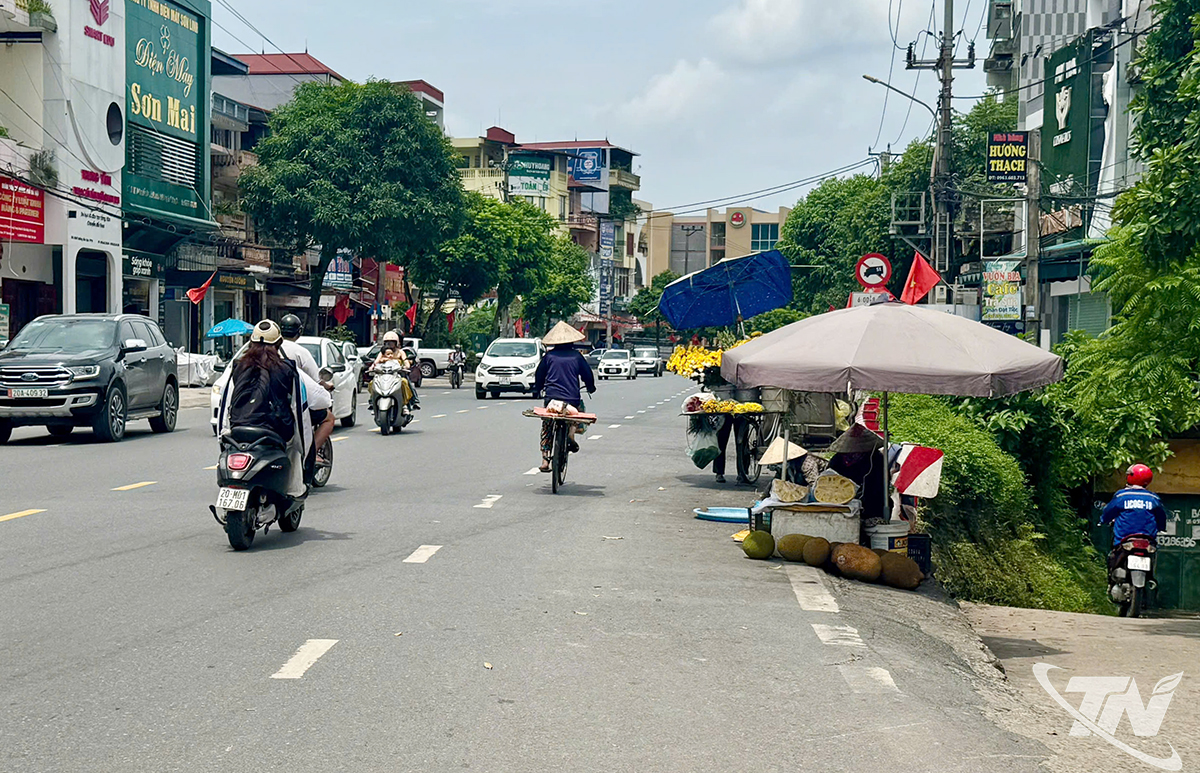

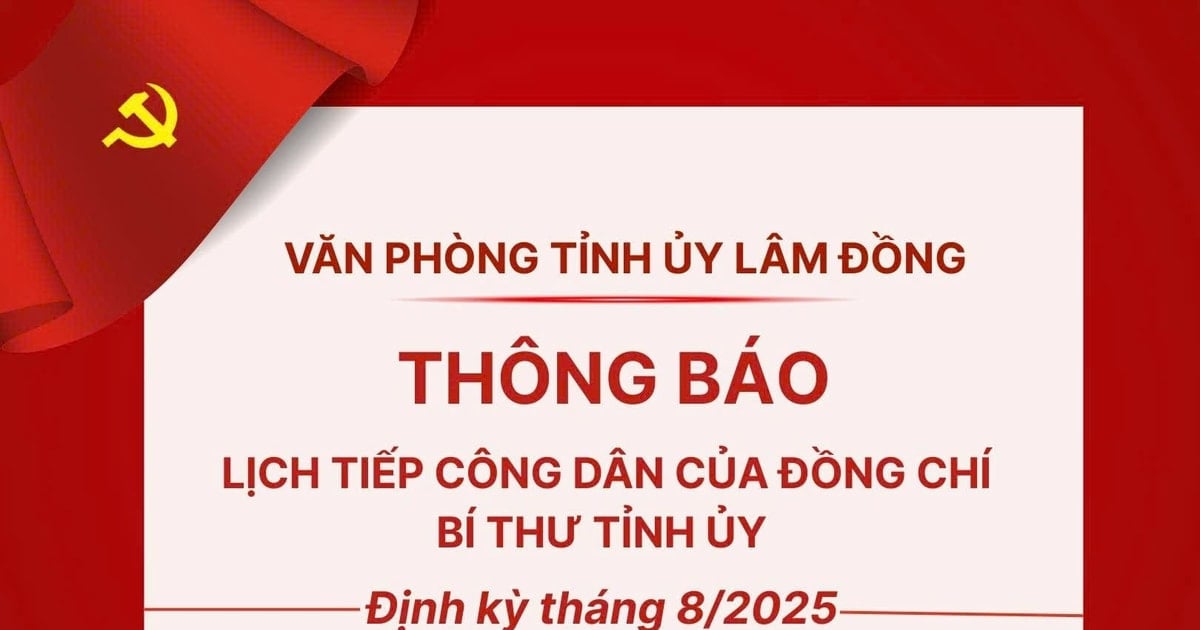
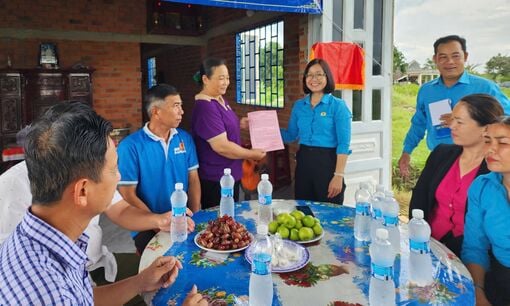
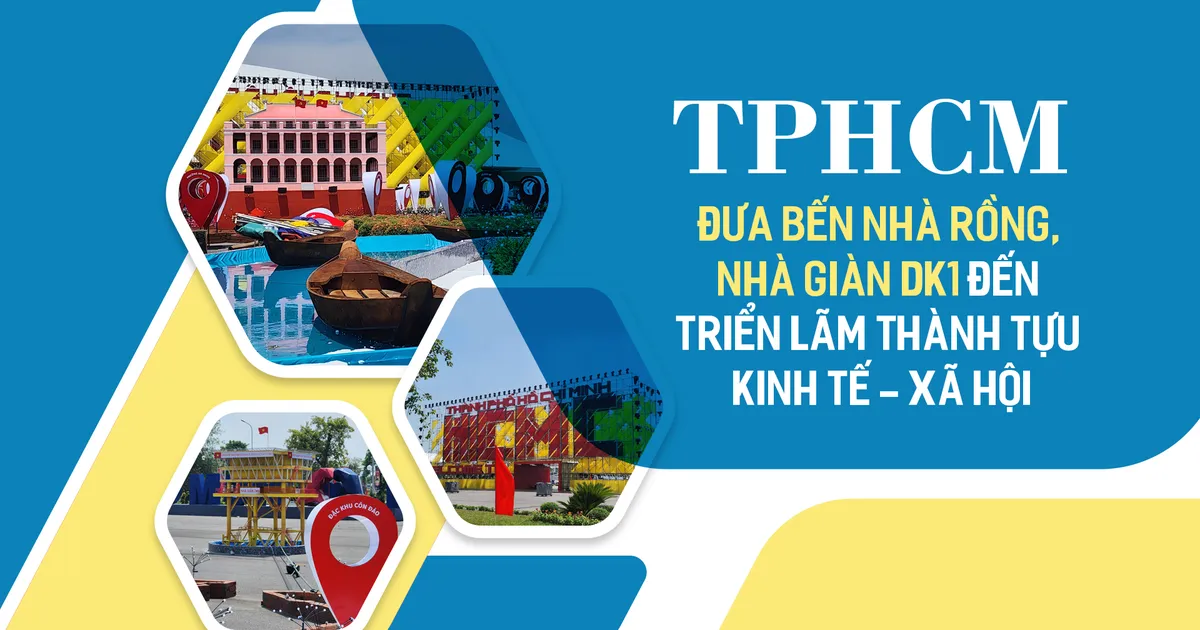
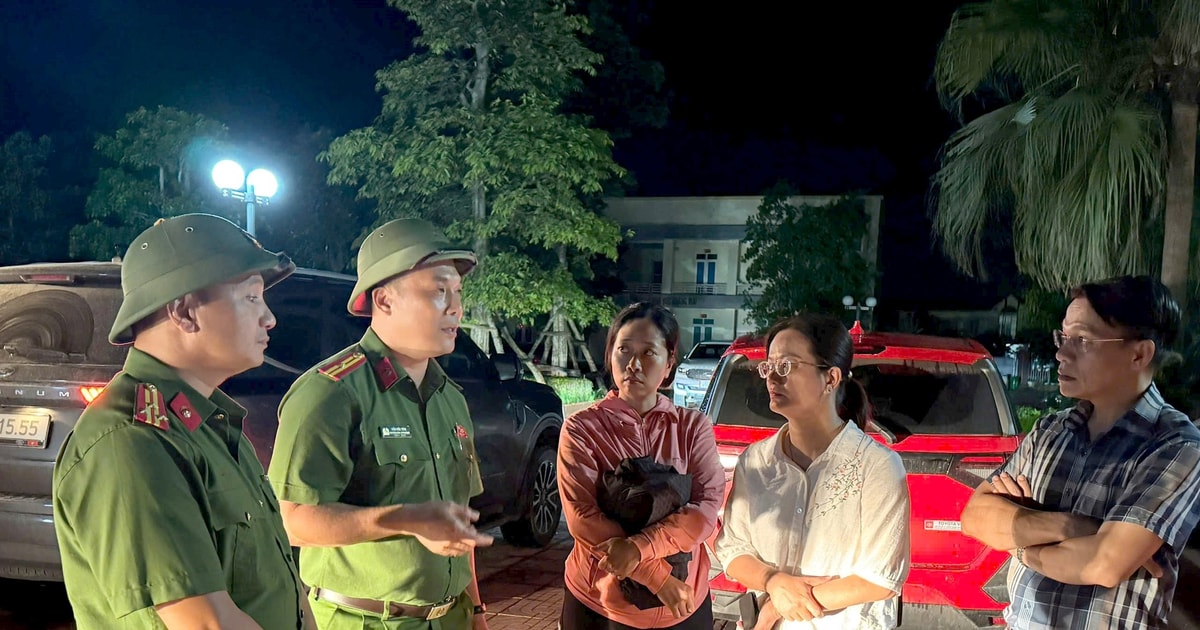


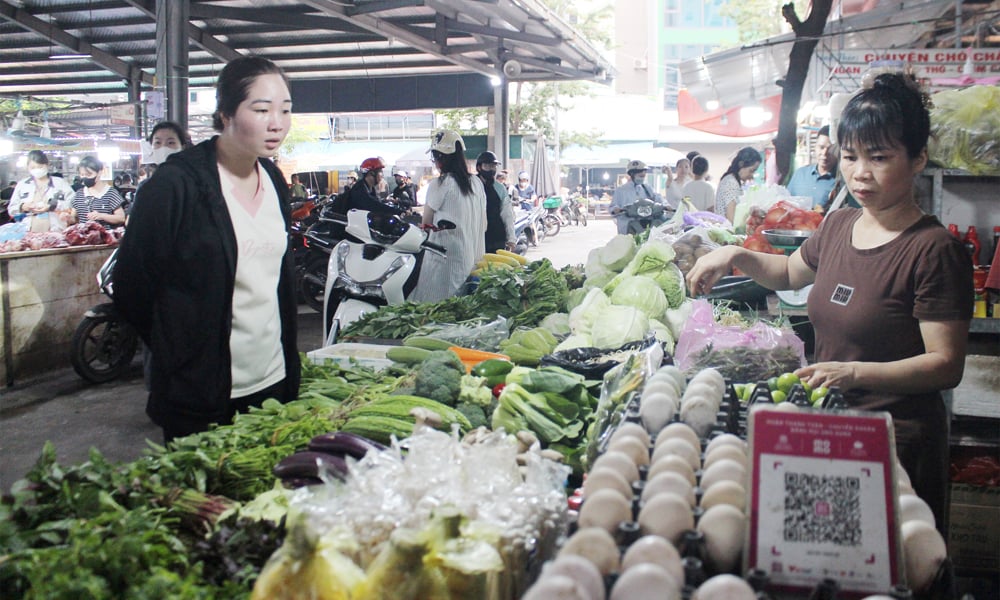

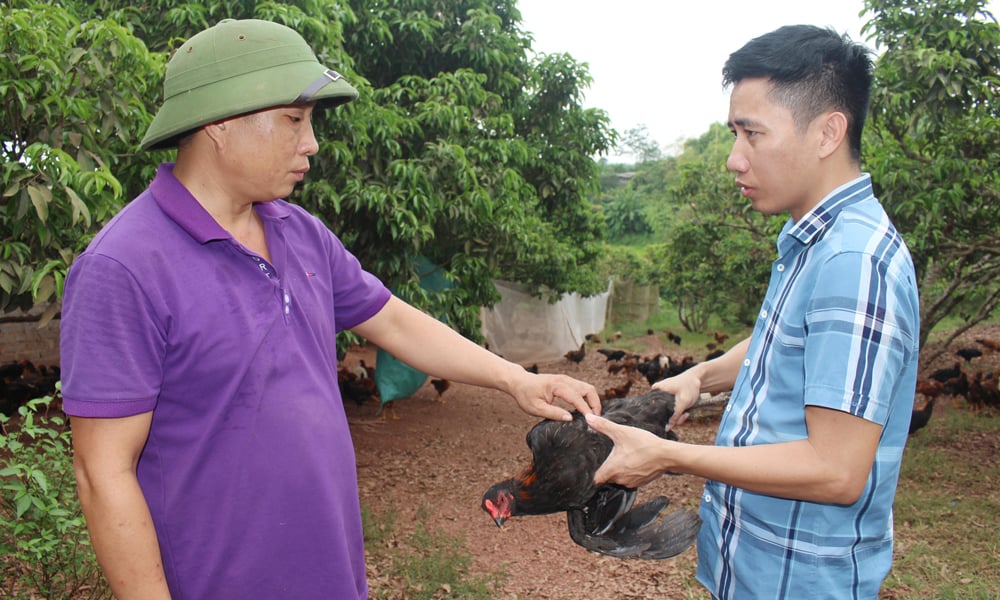
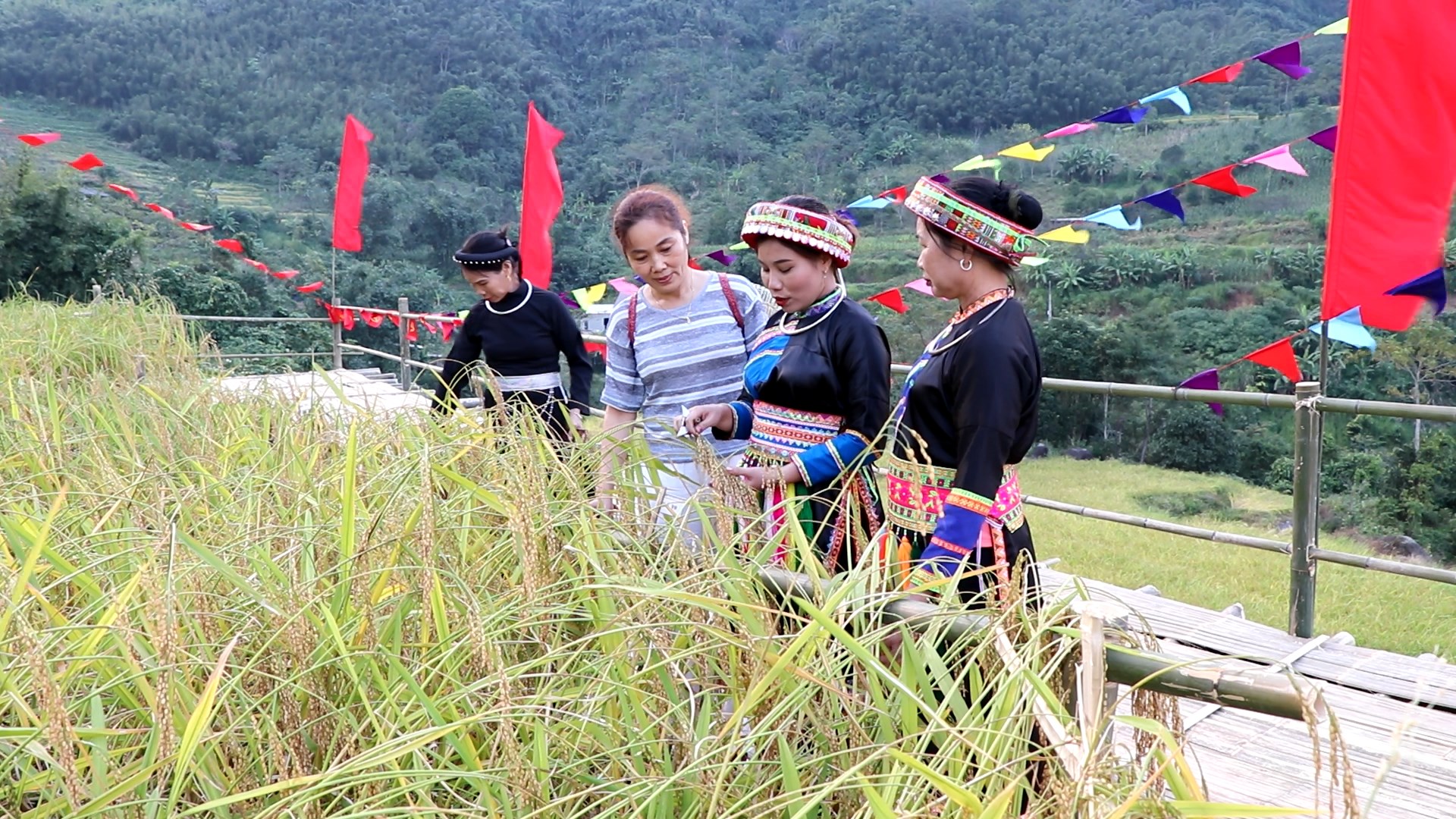









Comment (0)